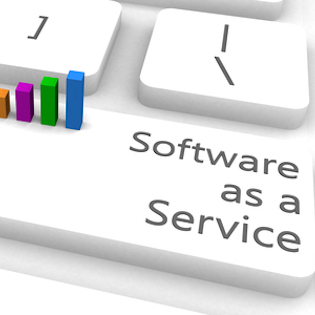Cloud Solutions and SaaS for Small Business Law Firms
August 7, 2017

Lawyers are in the cloud, just like everyone else these days. The ABA Legal Technology Survey Report showed that, while law firms are lagging a little further behind national trends, cloud adoption continues to rise. 74 percent of the attorneys surveyed in the report shared that the convenience and low cost of cloud computing models is exactly what is so attractive to these firms – especially the small to mid-size providers who are leading all legal sectors in cloud adoption.
But there is one type of cloud-based solution that is particularly important to the small law firm. It’s a service that you are probably using today. We’re talking about Software as a Service (SaaS) and it is one of the best cloud offerings for solo practitioners and mid-sized law firms.
Get a free assessment to learn more about how your firm can benefit from SaaS.
Cloud Solutions for Small Business – SaaS Models
SaaS consists of on-demand computer applications that you access through the Internet. The software can be accessed from any digital device as long as you have WiFi and your data is stored on the vendor’s server, instead of at your office.
These models do not require you to purchase the software, but just a users license via a monthly or quarterly subscription service.
Here are some of the most typical SaaS applications that lawyers are using today:
The benefit of SaaS models for the small to mid-size law firm is that these are powerful tools that are now available at a lower cost. Other benefits of SaaS models include:
Lawyers in the Cloud
Attorneys are using SaaS today in a variety of ways, from storage to research. SaaS applications enable law firms to become more accessible to clients and empower the businesses to expand their reach.
If your law firm is ready to consider SaaS, request a quote for managed service today.

Subscribe now and stay up to date with News, Tips, Events, Cybersecurity, Cloud and Data Compliance.